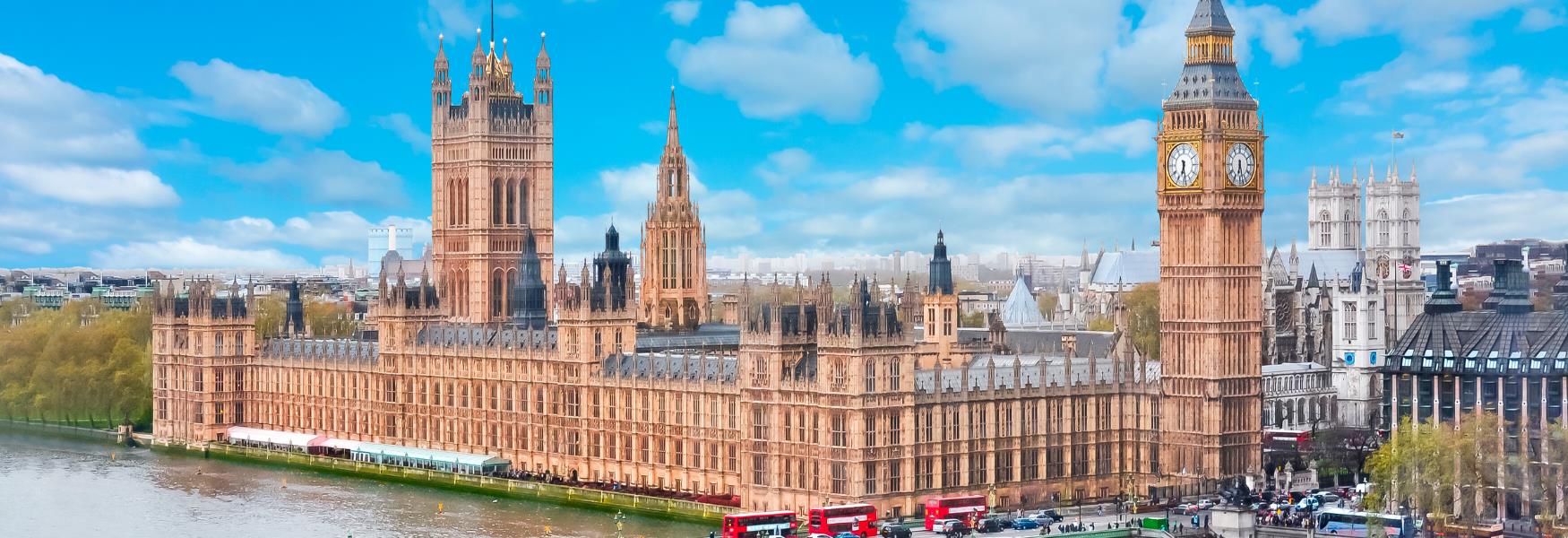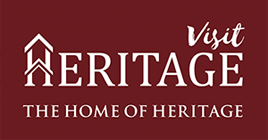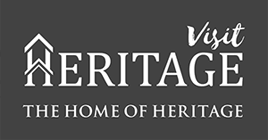To build your own Itinerary, click  to add an item to your Itinerary basket.
to add an item to your Itinerary basket.
Already saved an Itinerary?



You are here: UK History > Evolution of British politics
The Palace of Westminster, which holds the House of Parliament and is easily recognisable by the large clock face on the side of the building, has been the centre of political power in Britain for over 900 years. Rather than being created, the idea of parliament developed naturally out of Britain’s political needs. It was not a continuous process either, with parliament developing through short periods of rapid growth, despite this, the British parliament is one of the oldest continuous representative bodies in the world.
Did you know that parliament didn’t always meet at Westminster? Rather it met wherever the king was, which could be anywhere but most often was York, Winchester, Salisbury and Nottingham. However, by 15th Century, parliament would be generally based at Westminster.
The Palace of Westminster, which holds the House of Parliament and is easily recognisable by the large clock face on the side of the building, has been the centre of political power in Britain for over 900 years. Rather than being created, the idea of parliament developed naturally out of Britain’s political needs. It was not a continuous process either, with parliament developing through short periods of rapid growth, despite this, the British parliament is one of the oldest continuous representative bodies in the world.
Did you know that parliament didn’t always meet at Westminster? Rather it met wherever the king was, which could be anywhere but most often was York, Winchester, Salisbury and Nottingham. However, by 15th Century, parliament would be generally based at Westminster.
Britain’s parliament can trace its origins back to the Anglo Saxon times. In particular, two surviving aspects of the Anglo Saxon forms of governance still exist in parliament today.
One, the Witan, took place when the Saxon’s King would call together his leading advisors. The Witan only took place when the king chose and was made up of people of his choice. The word Witan comes from the Anglo-Saxon word, Witana Gemot, which in modern English would translate to Meeting of the Wise Men. The main duty of the Witan was to advise the king but the king didn’t need to call them in order to make any decisions nor did it help make legislation, which is the main aim of parliament today.
Anglo Saxon kings realised that they struggled to govern their territories without local support and this is where the concept of government being made up of more than one person began.
After the Norman conquest, England’s monarchs instead started to govern through a small, permanent inner council of advisors, made up of the clergy and nobility who would receive a role at court and complete tasks. Occasionally, other nobles or clergymen would be brough in to aid in the passing of decisions, especially on taxation, as it was usually the job of the land owners to bring in taxes. When this happened, the group was known as the Great Council and formed the basis of what is now known as the House of Lords.
Anglo-Saxon culture also created the idea of regular meetings or moots. These consisted of local areas, where counties would discuss local matters and would be attended by local lords and bishops, the sheriff and representatives of each village. After William the Conqueror took control, these would become known as the County Court and introduced the idea of representative government at a local level.
Originally these two gatherings would be separate, but over time, they would combine to become a parliament of two Houses, the nobility in the Lords and the local representatives in Commons.
During the medieval times, Parliament met at the Palace of Westminster, but not the one we know now – the Old Palace of Westminster was the site of legislation until it burned down in 1834. Only a few parts of the original building remain, including Westminster Hall.
Westminster Hall is the largest medieval hall in England and was the location of the major law courts of England but wasn’t used for parliamentary meetings. When parliament met at Westminster, the formal opening of each session took place in the Painted Chamber which was next door. The Lords would meet upstairs in this building in a room known as the White Chamber.
Initially, parliament would met at Chapter House in Westminster Abbey and moved from there in 1397 to the Refectory or dining hall of the abbey. After the Reformation, the royal chapel in the Palace no longer served a religious purpose and by 1547, Edward VI gave politicians the use of the chapel as a place for discussion. That was where they stayed until it burned down in 1834.
Read Less© Visit Heritage 2025. All Rights Reserved


We are now retrieving your search results. Please wait, this may take up to 30 seconds


![]()
Supporting the Destination
![]()
Quality Guarantee
We are now retrieving real time availability results. Please wait, this may take up to 30 seconds.

.png)



